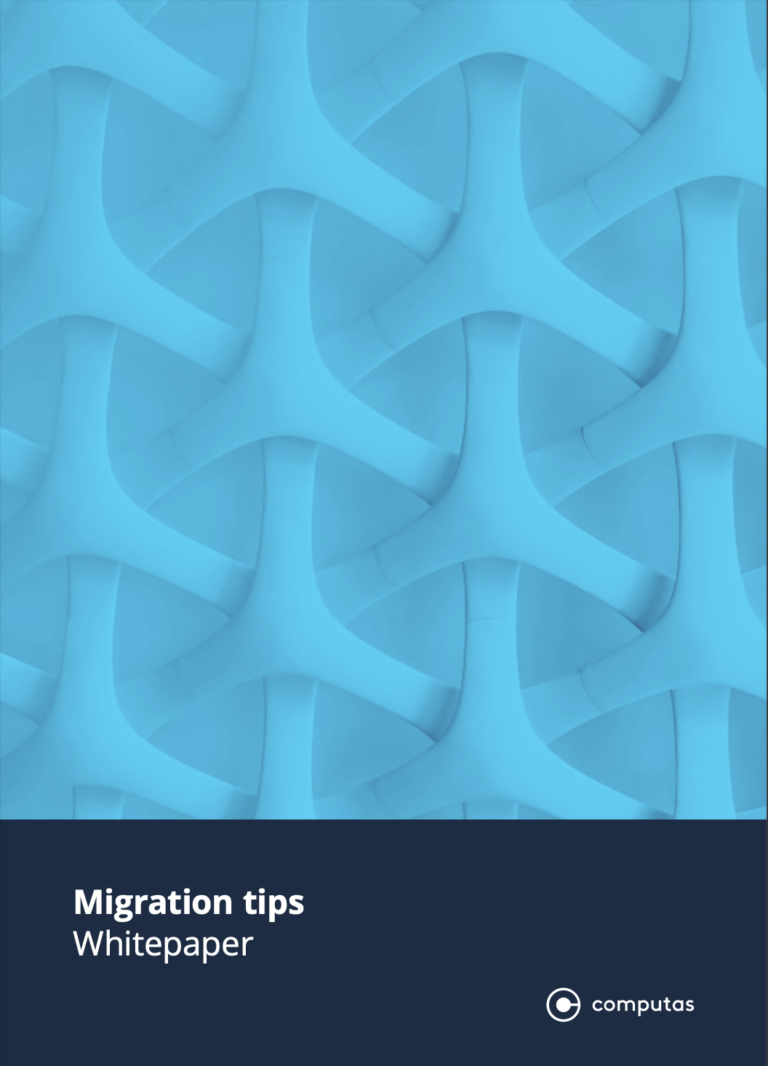This is what you risk if Atlassian tools are not moved to the cloud

This article was first published on tu.no
From February 15th Atlassian’s server products will be phased out in favor of cloud-based versions. This also applies to tools like Confluence and Jira, widely used by many businesses.
Just weeks before this significant shift, there are still many who have not formulated a plan for the migration process. This surprises IT company Computas, one of Norway’s largest providers of Atlassian products and services.
“Using a server product that is no longer supported involves several risks. Most seriously, there is an increased vulnerability due to the lack of security updates. You will also not receive support or bug fixes from either Atlassian or their Marketplace app vendors if something were to happen,” says Irina Bulf, advisor at Computas. Computas is one of the few in the Nordic region certified as an Atlassian Cloud Migration Specialist.
Throughout 2023, Computas has noticed an increased demand from companies seeking assistance with the transition to the cloud, and now many are running out of time. If you don’t manage to meet the deadline, it’s still wise to start as soon as possible.
Increased time pressure
Both large and small players are experiencing the time pressure to move to the cloud before February 15th. Jira and especially Confluence are widespread in various industries, from IT and sales to finance and industry.
Confluence is used, among other things, for team collaboration and knowledge management, serving as an internal wiki across departments and often in combination with other programs.
Jira is primarily used for project management, issue tracking, and task management, and is very common in IT development.

So far, there has been a choice between server-based and cloud-based products, but now the development of the most widely used server platform has come to a halt. This means the end on all future updates.
Bulf emphasizes that there are many advantages to Atlassian’s cloud products.
“The cloud platform provides increased flexibility, including scalability and cost management. Additionally, there is no need to plan for updates. These occur automatically in the cloud without downtime. However, one should have a good migration plan to fully leverage the solution,” says Bulf, who has assisted many of Computas’ clients in transitioning to the cloud.
Even though there are shortcuts, she recommends doing things as correctly as possible from the start.
The time it takes to shift from a server to the cloud can vary from a few months to several months. This is despite much of the same functionality being carried forward.
“It’s not as simple as just lifting the tools into the cloud. There are integrations that must work, optimizations that should be made, regulatory requirements that must be complied with. The larger the company, the more comprehensive the process,” says Bulf.
Faster and More Efficient
The entities delaying the transition to the cloud will, in the beginning, be able to operate as usual. However, it quickly becomes a gamble.
“The risk will increase as time goes on,” emphasizes Bulf.

Computas has been using Atlassian’s tools internally since 2006. They opted for a gradual process where Confluence was moved to the cloud first, followed by Jira.
“There is no one-size-fits-all recipe that is right for everyone. We help our customers find the solution that is best for them,” says Bulf.
Among the challenges one may encounter is the need to find new ways to connect existing integrations to Atlassian tools. However, integration with cloud-based tools such as Slack is straightforward and intuitive.
“Once the migration is complete and everything is in place, you will find that things move faster and work more seamlessly. This will contribute to increased productivity, so it is definitely worth the investment,” says Bulf.
Good opportunity for a cleanup
Bulf recommends those lagging behind in the migration to ensure additional security measures, considering that after February 15th, they will no longer receive security updates. Next, analyze the situation and formulate a plan for the future.

For the record, there is an alternative to the cloud; Atlassian still offers the Data Center platform if one chooses not to use Atlassian Cloud.
“But this is only intended for large enterprises. The vast majority of Confluence and Jira users have initially used the server platform, which is now being phased out before moving to the cloud.
Security, GDPR, legal, and technical issues are important aspects of a cloud migration. However, the migration process is also a golden opportunity to make changes that can better leverage the technology,” says Bulf.
“We will be able to assist customers with both the technical aspects, suggestions for improvements, and avoiding pitfalls. Moreover, it is useful to consider what can be done differently for better results. A good opportunity for a cleanup,” says Bulf.
She adds that Atlassian has incentives for users who manage to decide on the purchase of the cloud solution before the crucial date, February 15th, 2024.
“Regardless of whether you have decided what to do or if you don’t even know where to start, we at Computas can help you move forward,” she concludes.
Want to know more?
Please fill out our contact form


